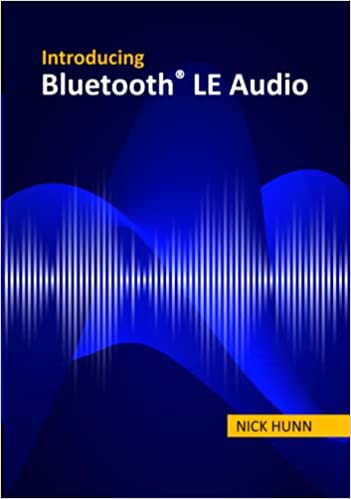Josh Bland recently interviewed Steve Hegenderfer, director of developer programs at the Bluetooth SIG for the B2B Nation: IT Edition podcast.
In this episode, they discussed Steve’s thoughts on why Bluetooth should be viewed as a horizontal market instead of a vertical one, the growth of mesh gateways, what he’s most looking forward to at Bluetooth World, and more!
Below are my key takeaways from the conversation.
Bland: One of the primary Bluetooth® functions is where you have one device wanting to talk to another device for a particular function or to accomplish something that’s part of a process.
Hegenderfer: That is really a point-to-point solution in a machine network, where one device needs to route a particular message to another device that could be out of range. There’s that part of the communication where what you want to know is, did the transaction work, was it successful, or were there any problems?
Bland: The other Bluetooth function is business intelligence, where you want to slice and dice all the messages that are happening between these devices.
Hegenderfer: Are there trends that you are seeing, are there things that are happening in one area of your massive internet of things? How’s the communication happening? Are people responding to what’s going on? That piece is typically defined as getting all the data from these sensor networks, and getting them into some type of a business intelligence back-end or application that can slice and dice that stuff. A lot of people equate that piece to the cloud, and the cloud is great for exactly that.
You can aggregate all this various and heterogeneous sensor data in one place, and then slice and dice as you need to to gain insight; however, it doesn’t have to be the cloud. I just think that it’s really practical to have it there. The costs are such that just about anybody can start this stuff up. It’s a pretty well-known paradigm at this point. The cloud makes a lot of sense for slicing and dicing, and making information out of a lot of this data.
Bland: Some technology started in the enterprise space and moved to the consumer space and vis-versa.
Hegenderfer: Bluetooth® started as a consumer technology that – with the advent of married of sensors and the internet of things – has really found a great niche in the enterprise. Either way, whether it’s in the consumer space or in the enterprise space, the technology has to be easy to use. It’s got to be well-known. It has to be something to kind of few points. You turn it on or off. It has to be secure as well. Bluetooth handles both of those things from the simple on and off standpoint.
You can actually do very simple things like easy pairing, or where two devices can just turn on and see and discover each other. Or you can go the other direction and implement heavy duty security checks and balances, and actually write your own out-of-band security methodologies to implement over Bluetooth. It can work in either environment equally as well. It just depends on the application. Consumer applications tend to be very simpler and easy to use, and just on and off. Enterprise-grade applications using Bluetooth tend to be much more stringent, much more secure, and much more robust in how they handle communications.
Bland: The Bluetooth that we have today is really tailor-made for the Internet of Things.
A lot of people think of Bluetooth® in that traditional audio role. Where you’re pairing with your car, you’re pairing with a headset, and you’re streaming audio. It’s a different technology than it was fundamentally four years ago.
The other piece, from an adoption standpoint– is the ability to get the data where you need it. From a Bluetooth perspective, we’ve done a lot of really interesting things to make it easier for developers. This year we should see the adoption of mesh technologies and Bluetooth so we can make those Bluetooth networks not just a point-to-point network but a mesh network to make it much more robust.
Bland: You want to figure out how to get that sensor data from a Bluetooth network or Bluetooth device to someplace where you can slice and dice it.
Hegenderfer: Now if it’s local, that’s fine. You can install your business intelligence software locally in that mesh network, and do what you need to do. In a lot of cases, you want to harness the power of the cloud or the internet to do those things. For something like that, you’ll want to kind of experiment with a gateway from a Bluetooth perspective.
At Bluetooth®, we just launched version 1.0 of our Bluetooth gateway. Developers can go and play around with this gateway that we put out there to see concepts and how it works, and how you can take data from all these Bluetooth censors, and get the data up to the cloud very easily using a $40 raspberry pie.
*******
This podcast was created and published by TechnologyAdvice, an Inc. 5000 company looking to help buyers find VoIP software, payroll systems, and more. Interview conducted by Josh Bland. If you enjoyed this topic, please subscribe and rate B2B Nation: IT Edition on iTunes. Find out more about Bluetooth World at http://www.bluetoothworld.com.

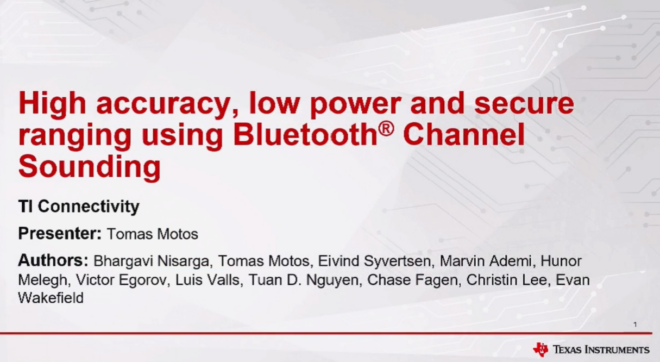
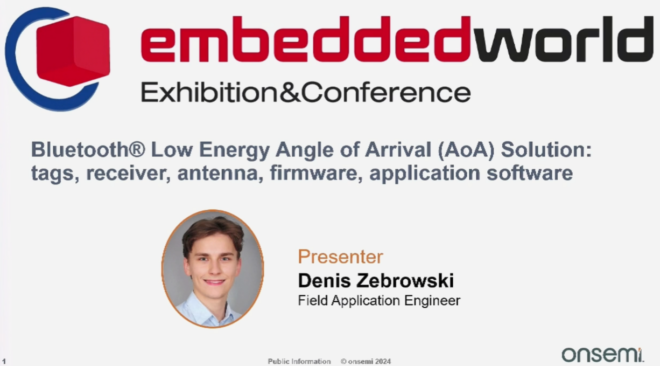
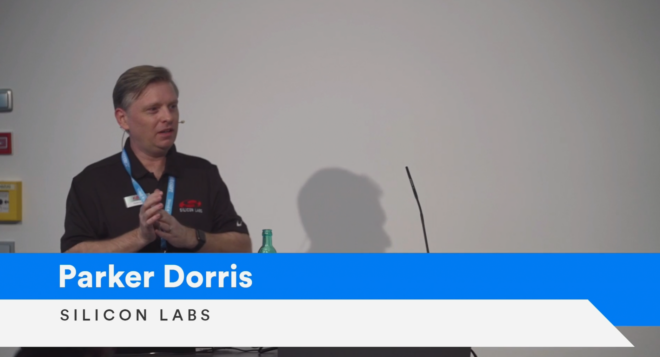
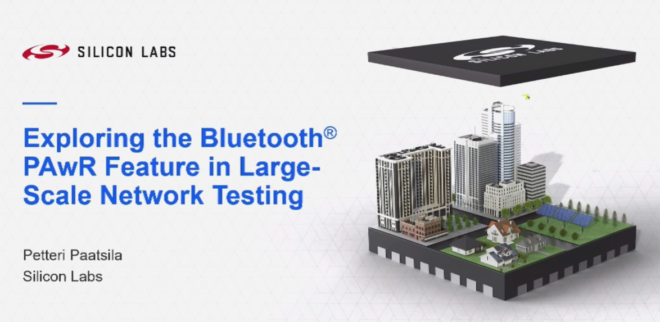
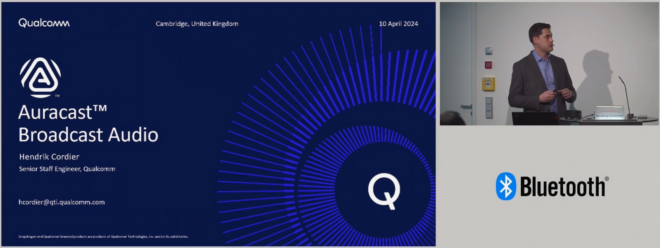

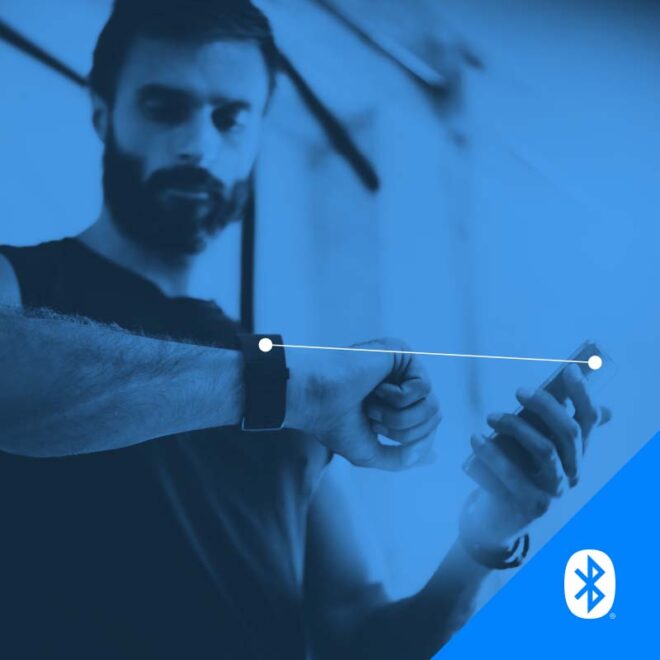
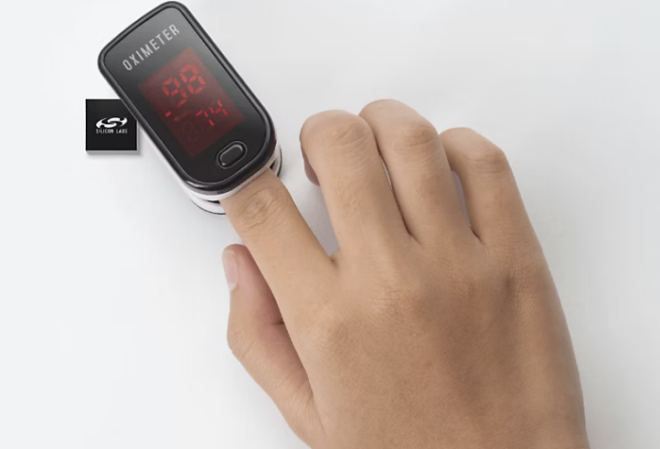
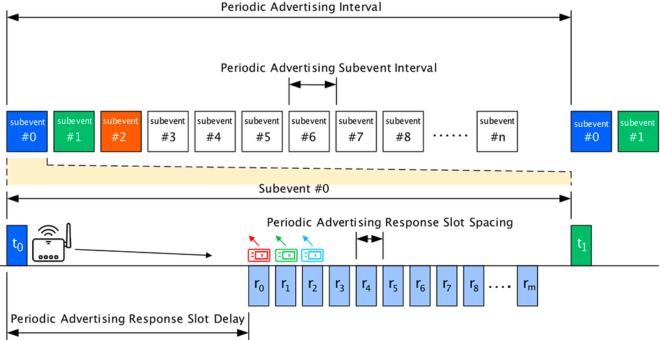





![ABI Growth Chart.png 815076338[1]](https://www.bluetooth.com/wp-content/uploads/2024/03/ABI_Growth_Chart.png_8150763381-660x384.png)
![shutterstock 1653733096[1]](https://www.bluetooth.com/wp-content/uploads/2024/03/shutterstock_16537330961-660x372.jpg)

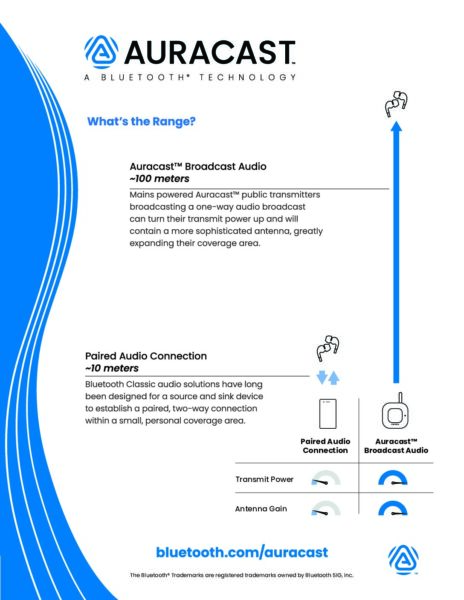
![2312 CES Handout Images FINAL existing pdf 464x600[1]](https://www.bluetooth.com/wp-content/uploads/2024/01/2312_CES_Handout-Images_FINAL-existing-pdf-464x6001-1.jpg)
![2312 CES Handout Images FINAL unlimited pdf 464x600[1]](https://www.bluetooth.com/wp-content/uploads/2024/01/2312_CES_Handout-Images_FINAL-unlimited-pdf-464x6001-1.jpg)



